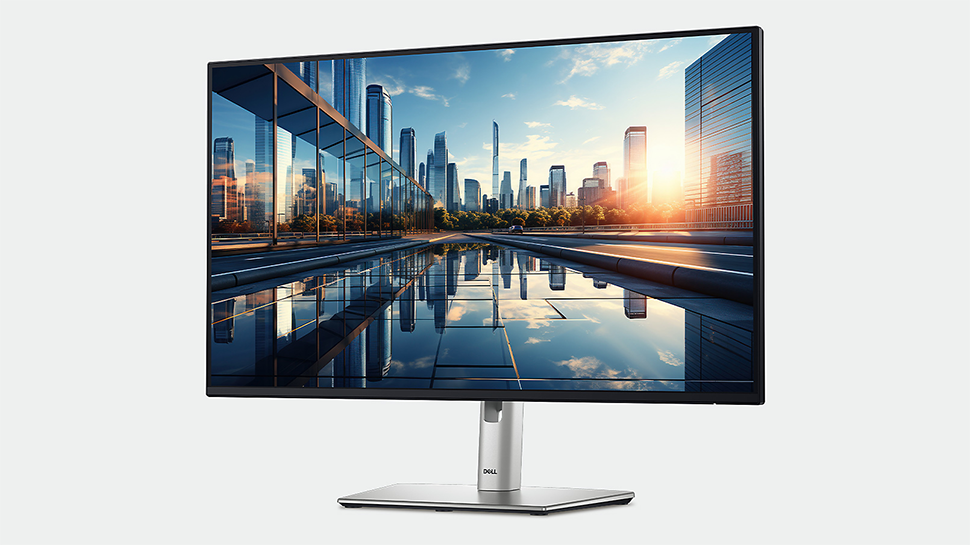It is well known that data centers consume a staggering amount of energy, with between 1 and 1.5% of all global electricity use thought to be dedicated to their operation.
Tech companies have largely focused on powering them through renewable and sustainable energy sources in an effort to boost their green credentials and tackle climate change. However, the increase in energy demand caused by the arrival of new technologies such as AI is complicating the task, as this field alone consumes approximately four times more energy than servers used for cloud applications.
Recognizing the future pressures on its data centers, Microsoft has taken the somewhat controversial step of appointing a Director of Nuclear Development Acceleration.
Going nuclear
According to McKinsey, US data center power requirements are projected to increase from 17 gigawatts (GW) in 2022 to 35 GW in 2030. Electricity is not the only concern. GPUs used for AI have higher cooling needs than traditional servers, and Microsoft's water usage in data centers increased by 34% in 2022. This figure is expected to rise as the tech giant grows even further your investments in AI.
Taking on this role is Erin Henderson, PhD, MBA, PMP, who brings a wealth of experience from her 13 years at the Tennessee Valley Authority, where she served as General Manager of Transmission Projects.
Henderson will, among other things, devise an overall strategy for small, modular reactors and microreactors that power Microsoft's data centers. Yes, that's right, the company is really going nuclear.
Writing on LinkedIn about her new role, Henderson said: “I am very excited to share that I have joined Microsoft in a new role, Director of Nuclear Development Acceleration. Microsoft is leading the way in championing a clean energy future and sustainable. I look forward to contributing to the success of the data center R&D team.”
Data center dynamics It was recently reported that Microsoft spent six months collaborating with Terra Praxis, a nonprofit organization that advocates for the transformation of former coal plants into modern SMR homes.
Together, the two companies worked on a generative AI model to speed up the long and expensive nuclear licensing and regulation process, a clear sign toward Microsoft's nuclear ambitions.








